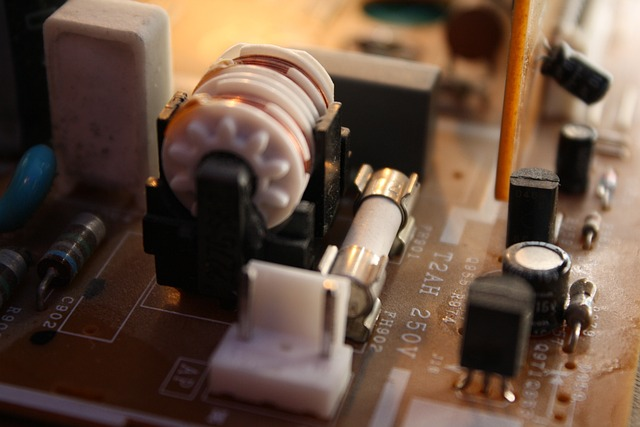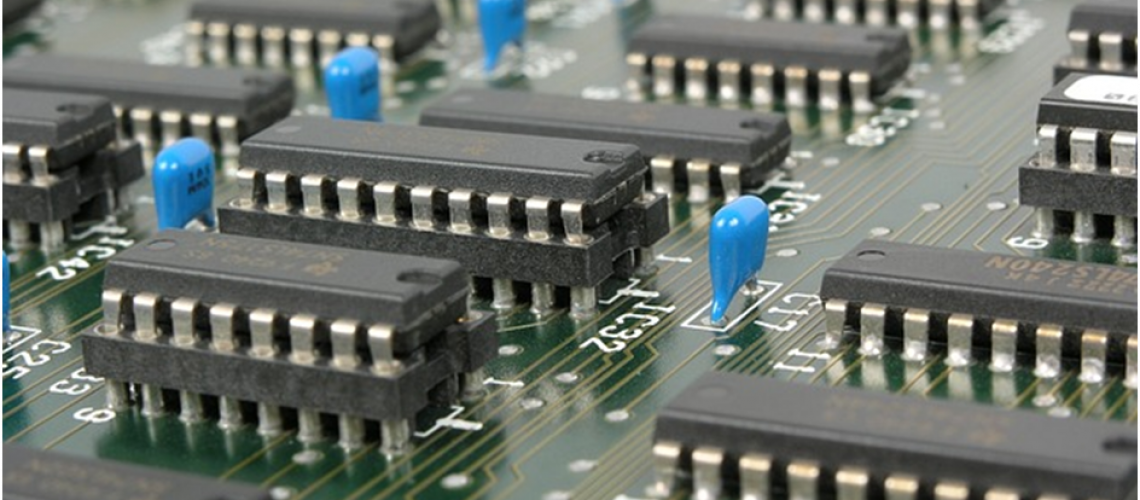Meta Description:
Need help figuring out what an electronic component is or does? This comprehensive guide will teach you about the different types of electronic components and their functions.
Basic Electronic components are the primary building blocks of electronic devices and circuits. Electronic Components are widely used in various electronic devices and systems, including computers, mobile phones, TVs, and more. Electronic components are essential electronic parts or devices used to make electronic circuits.
Answer Paragraph:
There are many different electronic components, each with a particular function. Some of the most common types of electronic components are resistors, capacitors, inductors and inductive components, and transistors.
Lead In:
Electronic components are essential for the proper functioning of electronic devices and circuits. Without them, electronic devices would not be able to work correctly. There are many different electronic components, each with a unique function. Here are seventeen of the most used electronic components with their functionality.
What are the main categories of Basic Electronic Components?
There are two main categories of electronic components: active components and passive components.
Active Components
Active components are those that can generate an electric current or voltage, while passive components are those that cannot.
Active components include transistors and diodes, while passive components include resistors and capacitors. Active components are usually more expensive than passive ones, and they require a power source to work.
Passive Electrical Components
Passive electronic components are primarily used to control the current flow in electronic circuits. In contrast, active components are used to generate or amplify a signal. On the other hand, passive components do not require a power source and can often be cheaper.
Resistor Electrical Components
A resistor is a device in an electronic system that limits the current flow in electronic circuits. It prevents them to conduct electricity. Resistor devices control the amount of current flowing through a circuit. Resistors are electronic components used in DC power supplies where current flows in only one direction. These electromechanical components are also used in AC voltage circuits, as well as consumer electronics. Another interesting thing is that resistors are the most common electrical connections used in discrete circuits. They also come in different sizes and shapes, with each type having an additional resistance value.
Resistors are made from several different materials. The materials, such as carbon-based compounds like graphite or carbon black, are mixed with other chemicals to form a paste that is then baked into a solid shape.
Capacitor
Capacitors are two-terminal devices that store electric charge. They are used in various applications, including filtering, timing, and signal processing. The simplest capacitor consists of two parallel plates separated by an insulator (like air or glass).
When an electrical charge is placed on one plate, it forces its opposite plate to be negatively charged – this is known as capacitance.
The amount of capacitance depends on the distance between the plates and their relative size; the smaller they are, the higher their capacitance will be. Capacitors can also block AC signals but pass DC; this means you can use them to create your filters.
Inductor
Inductors are used for increasing the voltage in a circuit, as well as filtering and smoothing AC signals. The inductor consists of wire wrapped around a core material such as powdered iron or ferrite powder. It acts as the source of electrical current when connected to the ground or another source of electricity.
The self-inductance value is “The ability of an inductor to store its magnetic flux.”
Transistor
A transistor is a semiconductor device that amplifies and switches electronic signals and electrical power. Transistors are used everywhere, including computers, televisions, and other appliances.
Transistors are made of a material such as germanium or silicon. They have three terminals: the base, the collector, and the emitter.
The base controls the flow of electrons between the collector and the emitter. Then the collector collects the electrons that flow from the emitter, and the emitter emits the electrons that flow from the collector.
Switch
A switch is a device that allows electric current to flow, but only when a user activates it. There are many different switches, each with its purpose and function.
Some switches control power supplies, while others are used as electrical contacts in circuits requiring more than one connection point. There are many different switches, each with its purpose and function.
Some switches control power supplies, while others are used as electrical contacts in circuits requiring more than one connection point.
Integrated Circuit
An integrated circuit, also known as an IC, is a tiny electronic device consisting of interconnected transistors.
These transistors create logic gates, which perform various functions within the IC. The number of transistors within an IC can range from a few dozen to several million.
Integrated circuits are used in various electronic devices, including computers, cell phones, and televisions. Integrated Circuits are also used in specialized applications, such as aircraft navigation systems and medical imaging devices.
Integrated Circuits are manufactured using a process known as photolithography. In this process, a silicon wafer is coated with a light-sensitive material, and a pattern is etched into the surface of the wafer using a light-based exposure process.
The wafer is then placed in a chemical etching solution, which removes the exposed areas of the wafer. The resulting IC is then tested to ensure that it functions properly.
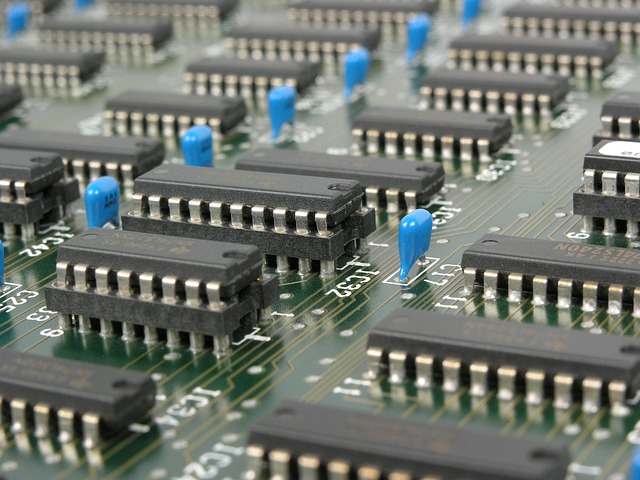
Circuit Breaker
In electrical engineering, a circuit breaker is an automatic switch that protects an electronic circuit from damage caused by overload or short-circuits conditions.
It is a device that switches off the current when it senses levels too high to prevent fire or shock. Next, it switches on again when it senses the problem has been corrected.
It interrupts the current flow in an electric circuit to prevent damage from overload or short circuits. It can be manually operated but automatically reset when its internal mechanisms are activated.
The motive of a circuit breaker is to protect people and equipment from unexpected power surges, which could destroy electrical devices or cause fires if left unchecked.
Fuse
A fuse is an electronic component that protects an electrical circuit from current overload. The most common type of fuse is made from a piece of metal wire wrapped around a non-conductive fiber, such as paper or ceramic.
When too much current flows through the wire, it heats up and melts the fiber to cut off the power supply to the circuit.
Battery
Batteries are also considered a self-powered system because they produce electricity from chemical reactions between the materials inside of them.
A battery is a device that stores electrical energy and makes it available to be used at a later time. It consists of cells that convert stored chemical energy into electrical energy.
Light Emitting Diode
A Light Emitting Diode is a two-terminal device with a high resistance to current flow in one direction and a low resistance to current flow in the opposite direction.
When an electronic circuit consisting of power supplies, resistors, and other components is switched on or off by applying voltages, diodes act as switches.
It allows current through when they are forward-biased and prevents it from flowing when they are reverse-biased.
The most common application for diodes is rectification — converting alternating voltage into direct current (DC).
For example, suppose you want DC output from your AC wall socket (120VAC). It would be best if you had an inverter or rectifier circuit that converts 120VAC into DC 6V at a 5A peak (5000mA).
Diodes can also regulate power flow by limiting current through them. It is known as limiting voltage drop across them at rated voltage using bypass capacitors.
Thermistor
A thermistor is a kind of resistor whose resistance varies significantly with temperature. A thermistor is used in many applications, including temperature measurement and control. They can be made from various materials, most commonly silicon, nickel, and copper.
The most common thermistor type is made from a metal-oxide-semiconductor (MOS) material, consisting of two layers of metal oxides separated by a thin insulating layer.
Thermistor’s resistance decrease with any increase in temperature. It causes the voltage across the thermistor to fall, making it an ideal choice for power supply and other applications where current is controlled by voltage.
Photo resistor
A photo resistor is a light-dependent resistor. It is a semiconductor device that converts light into heat and vice versa, using the photovoltaic effect.
The photo resistors measure light intensity, photocells, etc., whose resistance varies with the intensity of incident radiation. They can also be used as switches and sensors for controlling power supplies or other electronic circuits.
Photo resistors are used in many applications, such as solar-powered calculators, light meters, floodlights, and other devices.
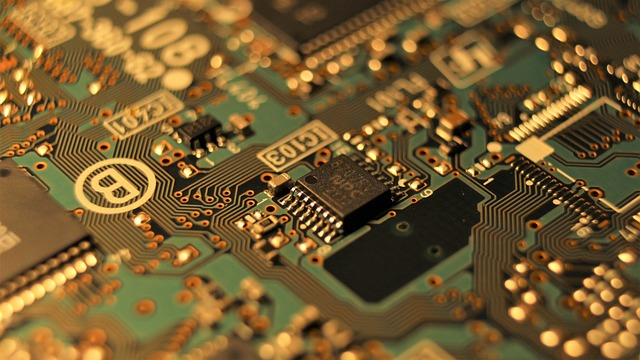
Buzzer
A buzzer is an electronic device that produces a sound when an electric current flows through it. It is used to make sounds that are audible to humans, such as alarms and doorbells.
A buzzer can be connected to various other devices, such as sensors or switches, to activate them at specific intervals. A buzzer can produce sounds that are audible to humans, such as alarms and doorbells.
It can be connected to various other devices, such as sensors or switches, to activate them at specific intervals.
A buzzer can produce sounds that are audible to humans, such as alarms and doorbells. It can be connected to various other devices, such as sensors or switches, to activate them at specific intervals.
Relay
A relay is an electronic component that can switch electrical currents. It consists of two or more coils, each with its switch and a control circuit.
The control circuit receives signals from the switches and controls switching between them. It does this by turning on or off each coil as appropriate for the application.
The relay switch closes one side simultaneously, allowing current through only one side. It does this until all three sides are closed again. Then it reverses the direction of the current flow back through both sides simultaneously, completing the circuit between two points.
Relays are used in various applications, including circuit breakers, industrial control systems (Integrated Circuits), home appliances like refrigeration and air conditioning units, and medical devices such as pacemakers and defibrillators.
Transformer
A transformer shifts electrical energy from one circuit to another through electromagnetic induction.
A transformer increase or decrease the voltage in an alternating current circuit. Still, it may also be used as an inductor or capacitor when used as such. It has two or more coils of wire wound around a common ferromagnetic core. It can also have no cores, but its name becomes “coil.”
When you connect two circuits with this type of device, you can get power anywhere between these two points because they share the same magnetic field produced by their coils (or no cores).
Since no moving parts are involved in producing electricity from such systems; therefore they are called “self-powered” technologies.
Motor
A motor rotates to convert electrical energy into mechanical energy. A motor converts electrical power from a source (such as batteries or DC motors) into rotational motion of shafts, gears, and other devices. There are two types of engines: DC and AC.
DC Motors:
Direct Current (DC) motors consist of two coils wound on a single rotor with the same number of coils.
It uses copper or insulated copper wire wrapped around them to make an annular ring called stator winding with the North pole at one end. In contrast, the south pole is attached at terminal ends, known as stator winding.
These coils act like magnets when current flows through them due to magnetic fields generated inside these coils due to moving magnetic materials like iron cores inside them. It generates torque using the induced current flow from outside sources connected through contacts.
It is mounted between poles adjacent to each other to form a joint base connection point where the voltage source feeds directly onto the external circuit board. Along with signal input cables connected via mating connectors mounted thereon for communication purposes only.
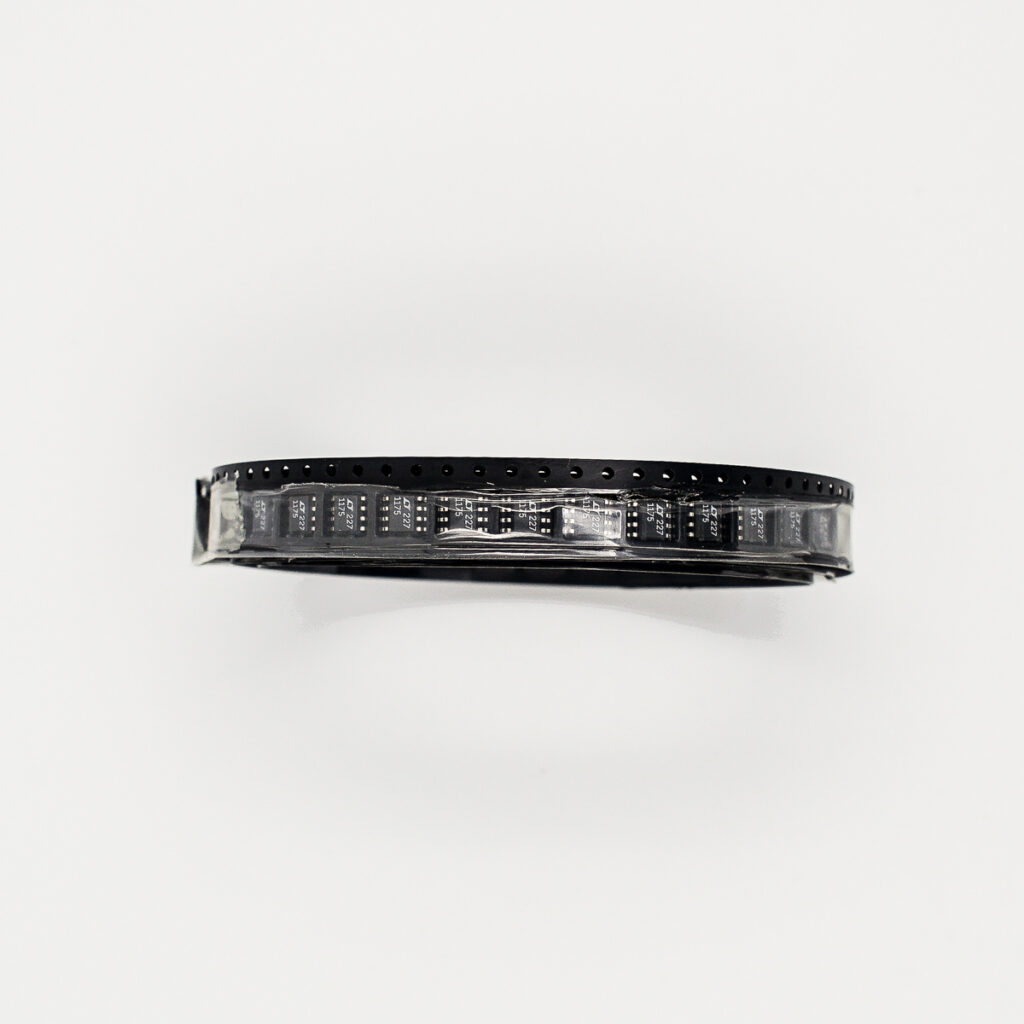
Power cables
Power cables are used to connect the power source to the load. Cables transmit electrical signals or power from one location to another. A line consists of an inner conductor surrounded by a dielectric insulator, which is then wrapped in a protective jacket.
Cables are generally made with copper wire as the conductor and plastic materials such as polyethylene (PE), polyvinyl chloride (PVC), or cross-linked high-density polyethylene (XLHDPE) as the insulator. The outer protective jacket can be either rubber or plastic.
The most common types of power cables are single-core and multi-core cables.
Single-core cables have one conductor, while multi-core wires are two or more conductors bundled together. Single-core power cable is used for low-voltage applications such as connecting a light bulb to an electrical outlet.
Conclusion
Electronic components are the foundation of any electronic circuit. Each Electronic component has a unique function. Without them, circuits would not be able to function correctly.
